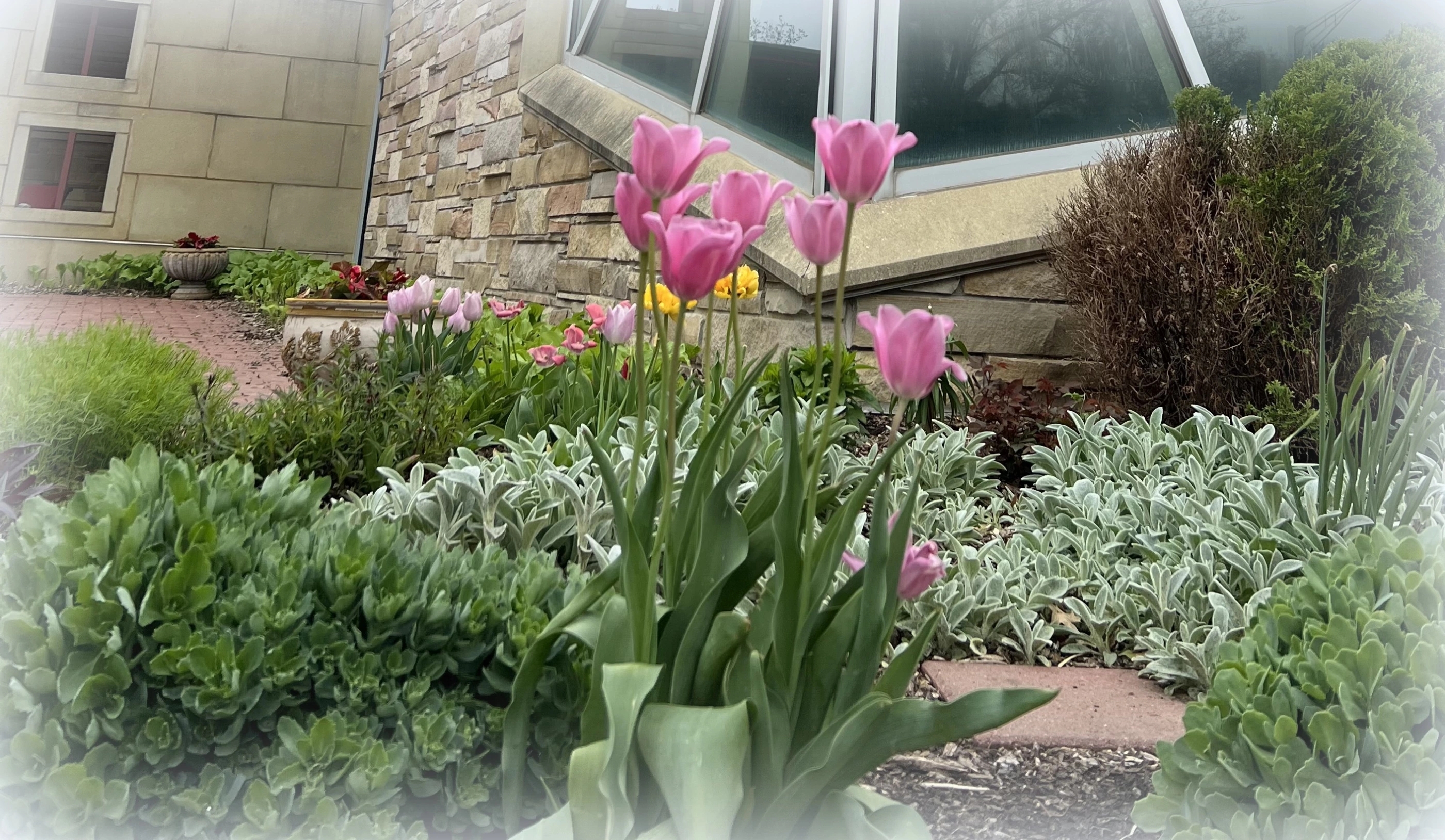Happy Feast Day of St. Benedict!

On March 21, Benedictines around the world celebrate the “transitus“ of St. Benedict, the day Benedict entered eternity. “Transitus” in Latin means passing from one state to the next—death is not the end of life, but the transition into eternity with God. It is one of two days that St. Benedict is recognized on the Benedictine calendar.
Since this feast day is always during Lent, another commemoration date was set when Pope Paul VI declared St. Benedict the Patron of Europe at the rededication of the Church at Monte Cassino on July 11, 1964. July 11 is the Feast of St. Benedict for the Universal Church. Only Mary, the mother of Jesus and John the Baptist are remembered with both their birthdays and their day of entry into heaven.
St. Gregory the Great writes about St. Benedict’s last days:
“Six days before he died, he gave orders for his tomb to be opened. Almost immediately, he was seized with a violent fever that rapidly wasted his remaining energy. Each day his condition grew worse until finally, on the sixth day, he had his disciples carry him into the chapel where he received the Body and Blood of our Lord to gain strength for his approaching end. Then, supporting his weakened body on the arms of his brethren, he stood with his hands raised to heaven and, as he prayed, breathed his last.” (St. Gregory the Great, Book Two of Dialogues, chapter 37).

Montecassino Abbey and St. Benedict’s cell at San Benedetto were a highlight of sacred sites visited during my 2017 pilgrimage to Rome. I was so impacted by my visit to the Abbey of Montecassino where St. Benedict wrote his Rule, the site of the statue above depicting St. Benedict’s surrender to eternal life. On pilgrimage, we were welcomed, after a foggy drive up the mountain, by clear skies and a heartfelt blessing at Mass—“This is your house as Benedictines,” the priest said, “St. Benedict welcomes you, hugs you, blesses you.”

After Mass, we visited the original part of the Abbey, dating back to the 5th century, which had not been destroyed during World War II. This was another profound experience—to be in the place where the Rule of St. Benedict, a guide for monastics and oblates for over 1500 years, was penned.





The cell of St. Benedict, while he studied in Rome (about the year 500) before founding his first monastery in Subiaco, was another site that touched me deeply. The cell, or small room, has been preserved; a small chapel adjacent, San Benedetto in Piscinula, dates back to the 12th century. I loved, LOVED, loved this special place. I could have stayed there for hours. To know that St. Benedict listened “with the ear of his heart” in this very place, rejecting the political corruption of Rome and what was expected of him, to pursue the call he knew was from God—well, for a Benedictine Oblate, this is a moment. Had I not been in a group with a full sight-seeing schedule, I would have likely spent a half-day in contemplation at this chapel.




Every day we have the possibility to live according to the Rule of St. Benedict, to apply the values of obedience, stability, and conversion of life. During this challenging time, how are you tapping into the reservoir of insight and guidance from The Rule?
Please share in the comments.
“Let them prefer nothing whatever to Christ, and may he bring us all together to everlasting life” Rule of St. Benedict, 72:11.





July 17, 2023 at 5:09 pm
Thank you for posting. I too am an Oblate, St. Procopius Abbey, Lisle, IL. I did not know that part of Monte Cassino had not been destroyed in bombing!
Theresa Shonka Palmer
LikeLiked by 1 person